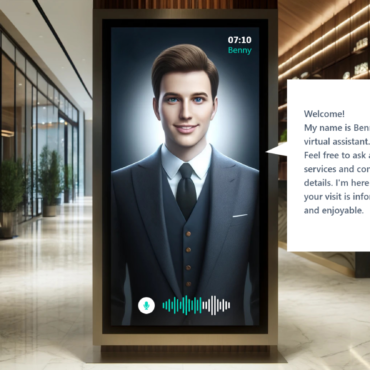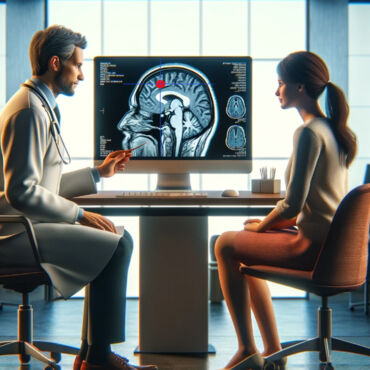Latest AI trends at Google Cloud Day 2019
Did you know that… companies make use of 50% of their structured data and ONLY 1% of their unstructured data?
These statistics, presented during Google Cloud Day in Warsaw, made me realize how massive volumes of data are omitted, while still it could (and should) be used in decision-making processes. Also, the conference drew my attention to another important thing, when planning to introduce new solutions, or expand existing environments, organizations should continually reflect:
- What will my data become in a year?
- What will I do with the data then?
Do not stop at what you are satisfied with now. The ever rushing technological race opens up many ways, but it also challenges business. This is why companies should choose systems that allow them to use the information most easily and efficiently.
In this article, I want to share my observations with you, and tell you a little about the latest trends in Artificial Intelligence, in connection with cloud solutions.
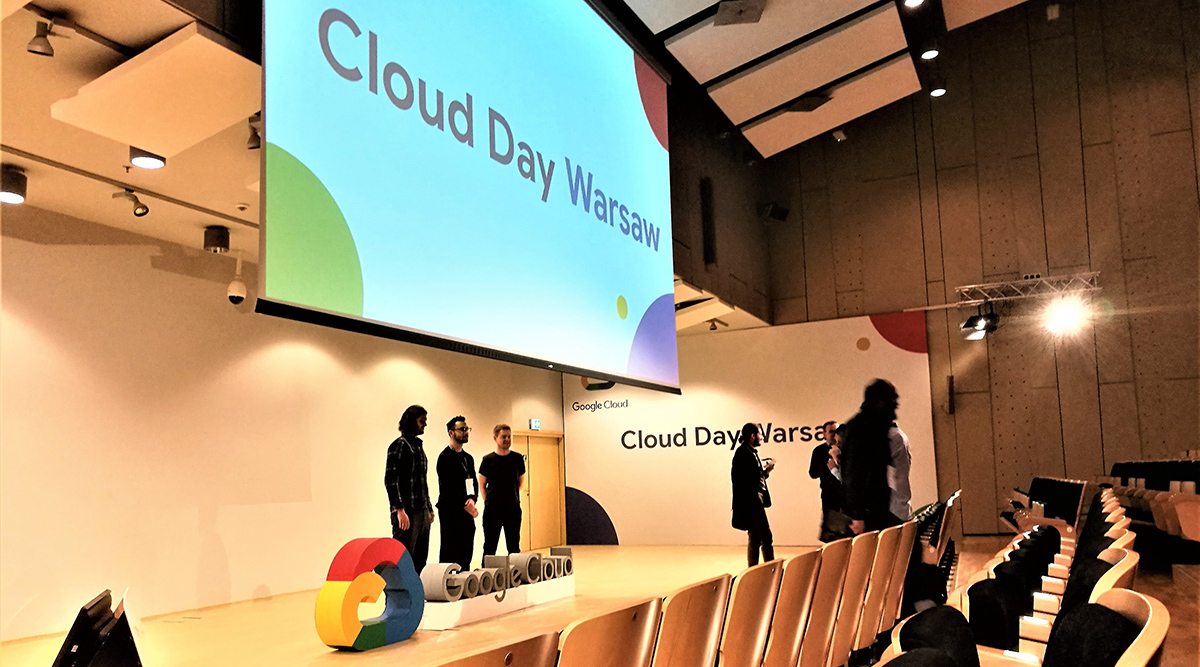
Serverless - no server... no problem?
Maintaining a traditional IT infrastructure is expensive and time-consuming. Additionally, using your own servers is becoming less and less justifiable in terms of business. Serverless solves this problem. Thanks to the transition to cloud computing, we can smoothly implement new solutions. We use computing power only when we need it – and we also only pay for what we use.
In the serverless model, Issues related to the maintenance of servers, or their availability lie with the provider of this type of service. Companies save the time and costs associated with taking care of their own infrastructure.
Moreover, serverless and scalability prepare the business for the most significant challenges. The example can be here Black Friday – a day when many companies decide on big promotions. This generates huge traffic and load on e-commerce websites. That’s why we need a failure-free, scalable solution. If the solution can also take advantage of the vast possibilities offered by machine learning models, then the store can generate even better results thanks to, e.g., personalized offers for customers.
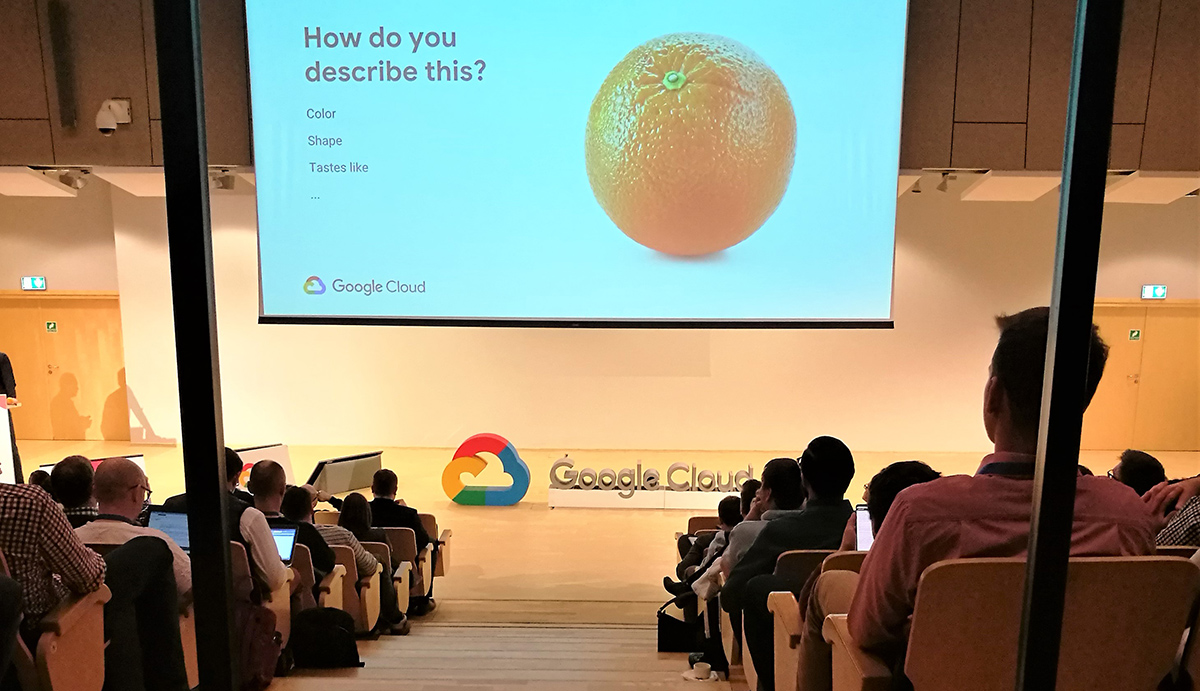
Is integration the key to success?
Google experts claim that the key to the best use of data is keeping it in one system. Most organizations do the opposite, and store data throughout different, scattered company servers. Only an adequately collated set of data allows us to draw the right conclusions and make strategic decisions. That’s why Google enables easy integration of its databases (like BigTable) with solutions based on commercial software previously installed in companies (like Tableau). The technology giant is continuously making sure that integration with every on-premise system is as simple as possible. Thanks to this, moving data to the cloud becomes extremely easy, e.g., Hadoop migration with the use of Cloud Dataproc. However, Google’s proprietary solutions are not everything. The company also allows for integration with external libraries and frameworks. These include, among others:
- Apache Beam,
- SciKitLearn,
- Airflow,
- Keras – now even better integrated with the new Tensorflow 2.0.
Thanks to effortless integration with other tools, Google Cloud can be entered at any stage of data processing:
- Gathering – from sources such as the Internet of Things,
- Processing – ETL, data engineering,
- Interpretation of results and decision-making processes – machine learning, analyst and business intelligence.
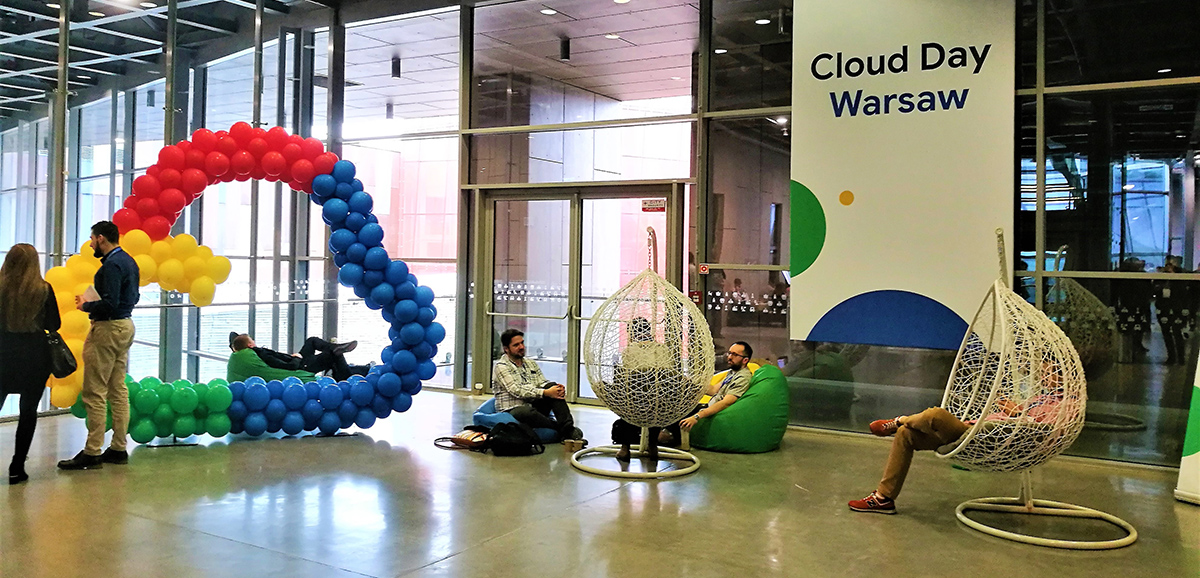
Edge AI - the future of artificial intelligence?
Data loses its value if it is not analyzed quickly enough. The solution to this problem turns out to be a combination of edge computing and machine learning / artificial intelligence. Edge AI assumes the application of machine learning models directly on the device. In this case, the data does not go beyond the unit that performs a specific task (such as detecting a particular phenomenon or anomaly) and sends the metadata to the database. This technology is conquering the market at a surprising pace. According to estimates, by 2020 the number of so-called edge devices will increase to over 5 billion, and as much as 45% of the generated information will be processed directly on edge devices and (after the IDC report).
Discover the latest edge AI technologies – Google Coral and Nvidia Jetson
Google has also decided to respond to this trend. That is why Google creates and develops its own Edge TPU Modules on the device called Coral. It is used to perform complex calculations and apply machine learning models directly on the device. The TPU (tensor processing unit) units are responsible for performance here. They are optimized to achieve the highest possible efficiency of models applied with the use of the Tensorflow library. One of the main reasons for transferring AI to data collection devices is the fact that it is not always reasonable to store data, and then forward it to a database. Not all raw information is relevant, and some data can only be used to initiate a specific event. Just look at the vast amount of data generated by the Internet of Things devices, in various areas:
- Industry – up to 4 TB per machine per year,
- Healthcare – about 1 TB per month,
- Transport/insurance – up to 25 GB per hour,
- Consumer products – approximately 4GB per day per production line.
Which database to choose?
Another problem faced by many companies is choosing the right database. Differentiation in the market may hinder this decision on the one hand and, on the other hand, enable the technology to be tailored precisely to the needs of the project. What should be taken into account when making such a decision? Below you can find an overview of selected technologies:
- Cloud SQL, is a cloud version of MySQL and PostgreSQL databases, commonly used by many companies. It allows for a smooth transition from on-premise to cloud solutions.
- Cloud Spanner is a scalable relational database. It ensures high data consistency. This makes it an excellent engine for many Google products, such as Google Ads, Google Store or YouTube
- Cloud Bigtable is perfect for Internet of Things solutions. It provides high performance, and scalability with data growth and security. It integrates perfectly with BigQuery, Cloud Dataproc, Cloud Dataflow, and Tensorflow.
Google Cloud Day - my impressions
Cloud solutions are a continually evolving trend, on an ever-growing scale. More and more companies are deciding to move to the cloud. Even if not all of them, some of their data and/or services. However, one has to be aware of the fact that solutions offered by Google and other players are not perfect for everyone. Let’s remember that the real benefits of switching to the cloud appear when an organization effectively uses serverless services and skillfully generates additional value through them. +Little sneak peek – already Google Cloud Next 9-11th April 2019 where big changes are to be announced!
More information on the event page!




